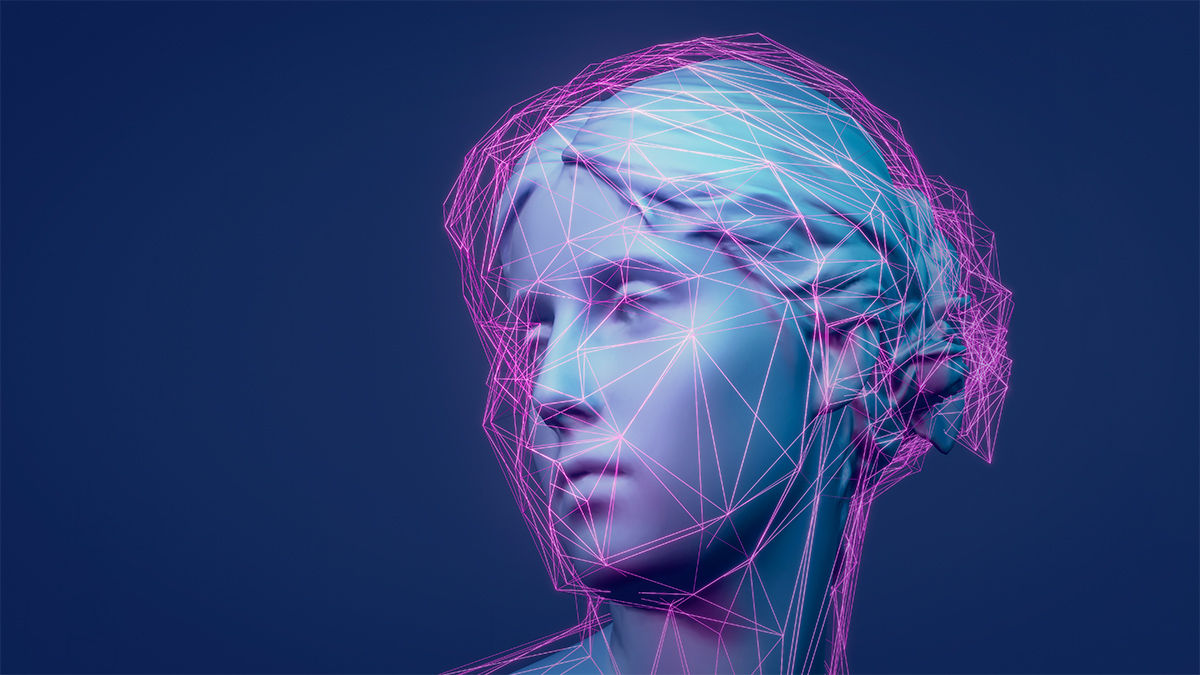
As the world is adopting digital tech advancements regularly, companies are dedicated to utilizing machine learning algorithms. It helps them to stay competitive in the market and fulfill, streamline their operations, and meet the varying expectations of the consumers. Examples of such can be seen in the form of end-user devices through face recognition functionalities for unlocking the smartphone. Similarly, sensing credit card fraud by generating unusual purchase alerts is another example of how machine learning revolutionizes every segment.
For every AI professional, there are two fundamental approaches to machine learning and artificial intelligence. These are supervised and unsupervised machine learning. The former uses labeled data for predicting outcomes, whereas the latter does not. Nevertheless, there are a few nuanced encircling these approaches and critical areas where one outshines the other. This blog will shed light on their differences so you can pick the one that suits your requirements.
Understanding Supervised Learning
Supervised learning is an essential branch of machine learning that involves training machines to recognize patterns and make predictions based on data. It uses labeled datasets to learn how to classify new data points. By providing the machine with labeled datasets, it can learn how to predict the correct output for further inputs. This makes supervised learning a powerful tool for every AI professional regarding image recognition, natural language processing, and more.
In regards to data mining, Supervised Learning can be broken down into two types:
Understanding Unsupervised Learning
Unsupervised learning exploits algorithms to unravel patterns and insights from data without labels or human intervention. It is a powerful tool for data exploration. It can detect anomalies, identify clusters, and uncover relationships between variables. By leveraging unsupervised learning, organizations can gain valuable insights into their data that would otherwise be difficult to discover.
3 critical tasks for which unsupervised learning models are utilized by every AI professional:
Supervised Vs Unsupervised Learning
Master the Skills to Become an Artificial Intelligence Professional
Role of AI certification programs
Conclusion
With the rapid advancement of AI technology, supervised and unsupervised learning have become two crucial methods leveraged for machine learning. Supervised learning uses labeled data to train algorithms, while unsupervised learning uses unlabeled data to discover patterns. Both approaches offer unique benefits and drawbacks that must be taken into consideration by every AI professional while assessing which one is best for a given task.
Follow us: